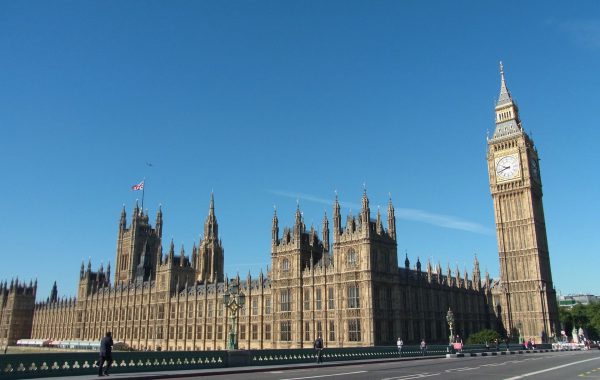The Energy Act 2023, brought into law in October last year, contains an array of legislation aimed at increasing the number and uptake of heat networks across the UK. Amongst the legislation, were new powers for government, including a new Heat Network Zoning Authority, based within central government and working with local government to designate areas as heat network zones and enforce requirements within them. The Act also appointed Ofgem as the future regulator of heat networks across the whole of the UK.

With so much of this Bill enacting powers for government that will enforce certain buildings to join heat networks, a further consultation was held in December last year, seeking views on a range of new proposals that will build on the powers already granted. A summary of the response and proposed updates to legislation will be put to Parliament later in 2024, but new guidance published on gov.uk in January, gives us some insight into what to expect.
Enforcing requirements in designated zones
The various benefits of heat networks are fairly well-known to those who work with the built environment – especially the benefits related to decarbonisation of our towns and cities. But to ensure uptake, and to encourage investment, the proposals suggest that certain types of building will be required to connect to a heat network. Including any new buildings which receive planning permission after the designation of a zone, and pre-existing communally heated buildings that don’t meet a threshold test (exemptions are outlined, including residential buildings with individual heating systems).
These enforcements will be managed by Zoning Coordinators, who will also help to encourage voluntary connections, alongside developers. The consultation asked participants what sort of incentives would be effective in increasing the number of voluntary connections. So, we expect to see some sort of formal motivation, for properties to connect.
‘Zone Coordinators’ to manage zone delivery and uptake
‘Zone Coordinators’, or an authority who is appointed as Zone Coordinator, will be able to delegate “zoning rights” to certain organisations who can then develop or operate heat networks within designated zones.
These coordinators will be responsible for ‘enforcement’, but only as a last resort after support, partnership working, and negotiation has been offered. Part of enforcing the uptake of Heat Networks will be financial penalties, but it is proposed that sole traders and SMEs with a turnover below £2m will be exempt.
What does the future look like?
There’s no doubt that this second round of legislation should quickly advance the number of heat networks in UK cities. And through consultation with practitioners, as well as the private and public sectors, we will hopefully start to see increased voluntary uptake and new developments with district energy at their centre.
As a vital tool to decarbonise the energy sources of existing buildings, both commercial and residential, as well as new developments – an increase in the adoption of heat networks is absolutely essential. And any legislation that encourages that increase in a fair and transparent way, will benefit all. Read more about similar consultations taking place north of the border here or for more information on the recent consultation, visit the UK Government website.






